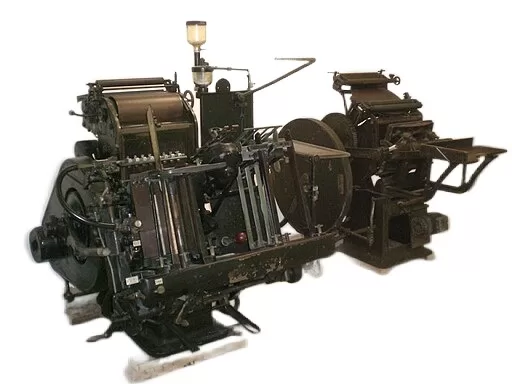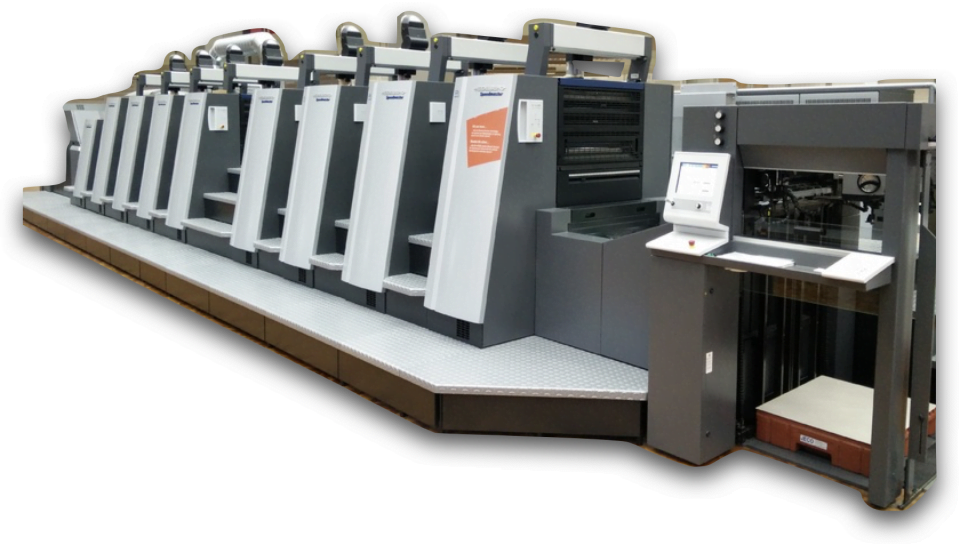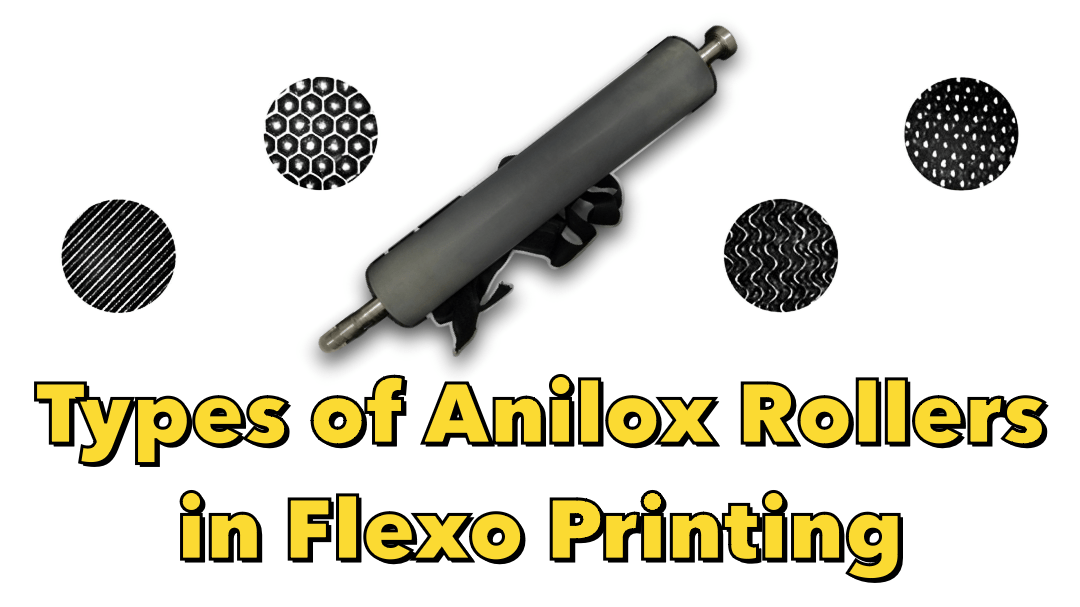In this first instalment, we journeyed through the early days of flexo printing, from its inception through the 1950s, the stage of its early developments. We also covered the major developments and challenges that shaped the industry. This second instalment will examine innovations and digitalisation from the 1960s to the present, highlighting the key role of continuing evolution in modernising the flexo industry.
Horizon-expanding Innovations (1960s-1970s)
The 1960s and 1970s were transformative decades for flexography, marked by significant improvements in press design and print quality. Innovations in the early 1960s included updates to press designs that allowed operators to achieve higher image resolutions. Screen rulings continued to increase, eventually peaking at around 120 lines per inch, significantly improving grey balance and halftone accuracy.
New inks tailored for corrugated printing emerged, using acrylic synthetic resins that offered faster drying times, greater hardness and consistency compared to traditional shellac-based inks. As ink technology advanced, new solvents such as urethanes, acrylics, polyamides, and polyesters were introduced to improve print quality and performance. Collaboration between the Flexographic Technical Association (FTA) and the Rochester Institute of Technology (RIT) led to the first college-level flexographic course in 1961, fostering a new generation of industry innovators.
In 1964, the introduction of the doctor blade, which replaced the rubber roller, revolutionised ink metering. The decade also saw the transition from letterpress to flexo, with fast-drying, low-viscosity inks that relied on solvent evaporation. By the late 1960s, water-soluble and co-solvent inks joined their alcohol-soluble counterparts, diversifying the ink options available. DuPont’s introduction of process colour printing in 1965, which was fully implemented by 1972, further expanded flexo’s capabilities. Photopolymer plates, which used ultraviolet light to cure images on plates, were also introduced, greatly improving the print quality and durability of printing plates.
Gap-bridging Digitalisation (1980s-1990s)
The 1980s and 1990s brought a wave of technological advances that bridged the gap between traditional flexographic printing methods and the digital age. The 1980s saw the refinement of photopolymer plates, which became more robust and easier to produce. This period also saw the introduction of laser-engraved ceramic anilox rollers, which improved ink distribution and consistency.
Water-based inks gained widespread acceptance in the 1980s, offering environmental benefits by reducing reliance on volatile organic compounds (VOCs). The decade also saw the development of UV-curable inks, which offered faster drying times and improved print quality. As the industry moved into the 1990s, computer-to-plate (CTP) technology emerged, bringing digital precision to platemaking. This innovation reduced turnaround times and improved image quality, allowing for more intricate and detailed designs.
Packaging demands in the 1990s continued to drive improvements in press speed and automation. Integrated automated systems began to streamline the printing process, reducing human error and increasing efficiency. The commercialisation of UV pigments in the late 1990s underscored this period’s focus on quality and speed, setting the stage for modern flexographic printing.
Dominance and Modernisation (post-2000s)
By 2000, flexography had cemented its position as a dominant force in the packaging industry. Major industry players began acquiring printers and investing heavily in flexo operations. The shift to flexo rivalled, and in some cases surpassed, gravure in quality and efficiency.
Anilox roll technology continued to evolve with finer line screens and improved cell structures that improved ink transfer and print consistency. Ink formulations also saw significant advances, with slower drying inks allowing for improved pigmentation and ink transfer, reducing problems such as dot bridging. Reprographic tools improved highlights and shadows, and Expanded Gamut (EG) printing became more prevalent, offering a wider range of colours without the need for additional spot colours.
Plate exposure technology saw many innovations, particularly with the introduction of LED exposure units. These allowed more precise control of the exposure process, resulting in high-quality plate production. Flat-top dot technology revolutionised print quality by improving ink transfer and dot stability.
Digitisation and press automation took centre stage, dramatically improving speed, stability and productivity. Digital presses became more common, offering unprecedented precision and efficiency. Eco-friendly and sustainable materials also gained popularity, driven by consumer demand for greener packaging solutions.
The Continuing Evolution of Flexo Printing in Innovations and Digitalisation
Flexographic printing has come a long way since its inception in the mid-19th century. From the early mechanical innovations to the digitalisation advances in the 21st century, each era has brought new improvements and challenges to flexo printing. As we continue to innovate with sustainable materials and advanced technologies, flexography remains at the forefront of the packaging industry.
But flexography’s journey is far from over. With ongoing research and development, the future holds even more potential for advancements in quality, efficiency, and sustainability. Stay tuned as the flexo industry continues to evolve and shape the future of packaging in ways we can only begin to imagine.






